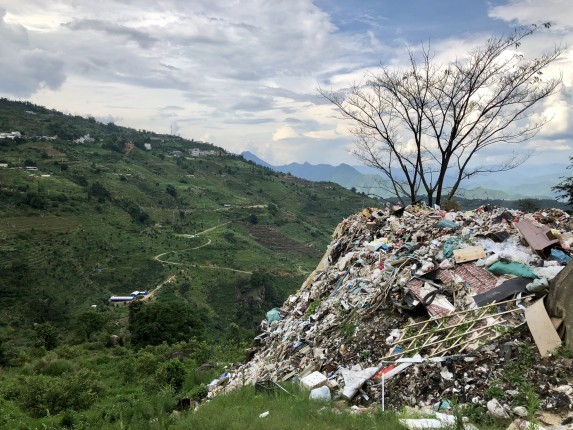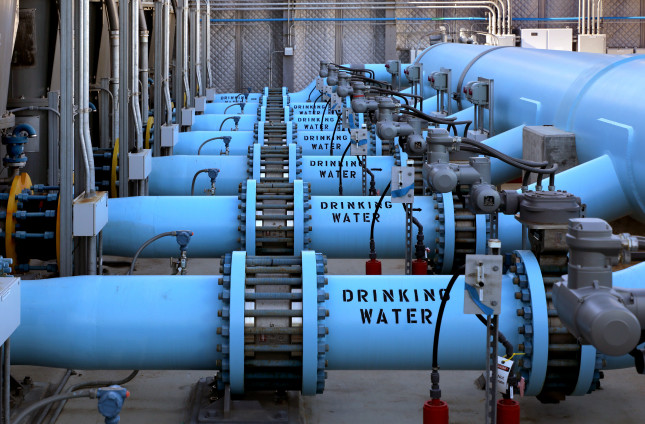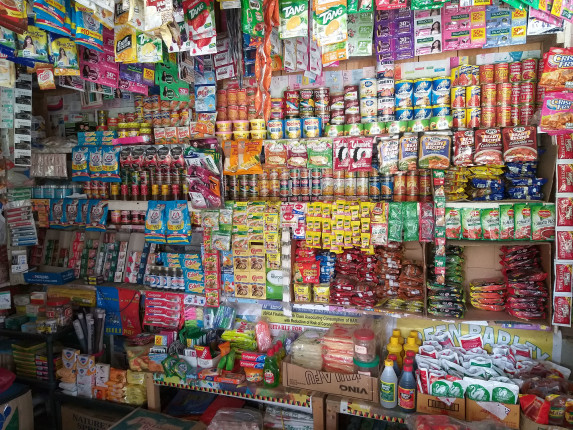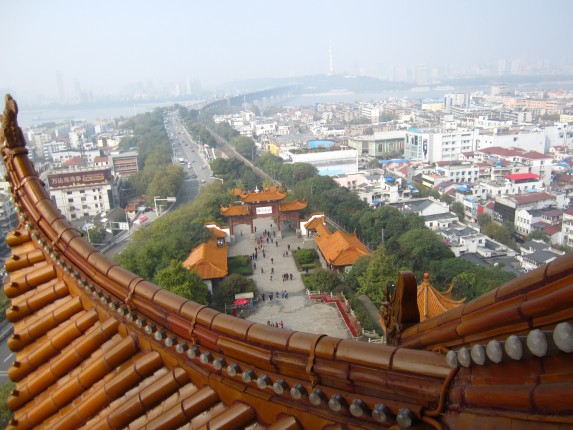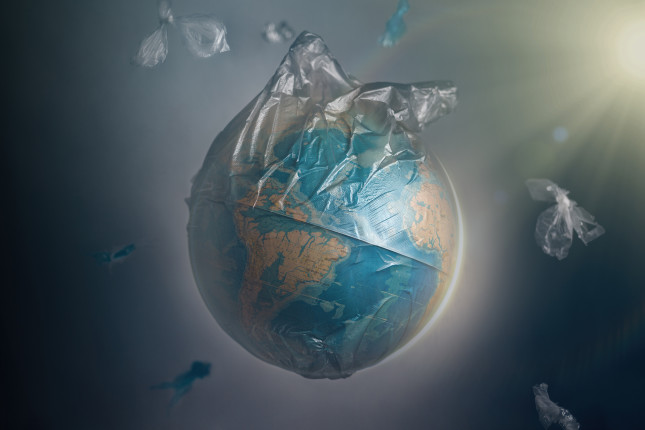-
Mountains and Molehills: Medical Waste in China and the U.S.
›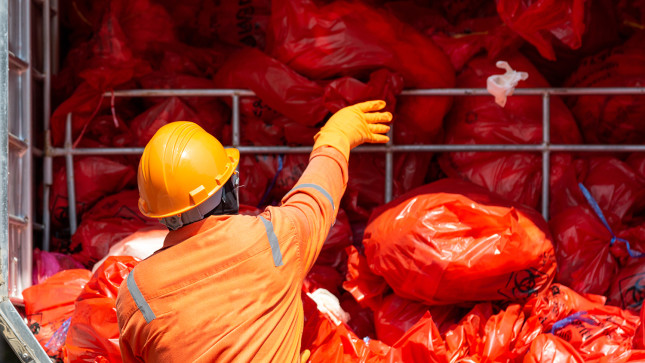
At the initial epicenter of the COVID-19 pandemic in Wuhan, China, the daily output of medical waste soared five times its average volume — from about 40 tons to as much as 250 tons at the end of February. This overwhelmed Wuhan’s single specialized medical waste treatment plant, far exceeding its 50 tons-per-day processing capacity. As the pandemic progressed throughout China, it revealed the shortfalls in medical waste management capacity in many cities. At a news conference in Beijing in March, Zhao Qunying, director of the emergency management office of the Ministry of Ecology and Environment, reported that 22 cities were operating over-capacity and 28 cities were working at full or near full load.
-
Out of Sorts: Rural Waste Problems in China and the United States
›
In Bangdong Village, Yunnan, Matthew Chitwood wanted to do his part to keep the stunning mountainous area clean during his two-year residency as a China fellow at the Institute of Current World Affairs. One day he took his empty beer bottles to a local convenience shop for recycling, but the owners would not accept them. He was told to dump them over the embankment. Looking down the slope at the accumulated piles of broken furniture, soggy socks, food waste, and crushed soda cans entangled with plastic bags, Matt refused. Later, Matt’s friends flung his bottles into the gully. He related his frustrating recycling attempt to Mao Da, the founder of China Zero Waste Alliance, who told Matt that “rural trash management itself is a misnomer… It’s really just trash relocation.”
-
A Tale of Two Coastlines: Desalination in China and California
›
The port city of Tianjin is in desperate need of water. The surface and groundwater supplies of this sprawling northeast Chinese metropolis have shrunk to dangerously low levels due to decades of reduced rainfall and overexploitation of the Hai River that flows through the city. According to the Tianjin Environmental Protection Bureau, the city’s per capita water resources are one-twentieth of China’s national average, far below the UN benchmark for a water-stressed region. Despite promoting water conservation and metering among residential and industrial users, Tianjin still faces shortages that drive its reliance on large-scale water-supply infrastructure like the South-North Water Transfer Project and seawater desalination.
-
Turning off the Tap: Plastic Sachets and Producer Responsibility in Southeast Asia
›
In the crowded capital city of Manila, the Philippines, one quarter of the population of 15 million people has less than one dollar to spend per day. Residents depend upon the tiny and ubiquitous convenience stores, known as sari-sari stores, for daily essentials like food and hygiene products, much of which are sold in convenient single-use sachets (small plastic pouches) for just a few cents each. These sari-sari stores are the major source of the 150 million sachets used daily in the Philippines.
-
Is a Green Recovery Possible for Post-COVID Cash-Strapped and Flooded Wuhan?
›
Some older Wuhan residents still talk about paddling across the city in their boats, traversing the 100-plus lakes that were once connected by a network of canals. This once-leisurely activity takes on different meaning today as citizens navigate some of the worst floods in decades. Hubei Province, where Wuhan is the capital, is among the 27 central and southern Chinese provinces affected by floods that have caused CNY 86 billion (USD $12.3 billion) in nationwide economic losses in June and July of this year.
-
Nine Dragons Rule the Waters: Closing the Loop on China’s Water Pollution (Report Launch)
›
The Chinese government is fighting a war on pollution on multiple fronts to protect its air, water, and soil. Despite passage of the stringent Water Ten Plan in 2015, water quality still has not met anticipated targets in one-third of the country. But one Chinese pollution control success story was Beijing’s investments in municipal wastewater treatment plants in the run up to the 2008 Olympics.
-
How Plastic Pollution is Being Woven into Fast Fashion Culture
›The words “plastic pollution” evoke images of discarded plastic bottles and bags, derelict fishing gear, and crushed cigarette butts set on a beautiful beach or floating underwater. In this imagery, the ebb and flow of plastic pollution is visible to the naked eye. But the plastic we can see is only part of the problem. What we do not see so easily are the microscopic, hair-like plastic fibers that are coursing through the water and air, accumulating on beaches, in intertidal zones, and even in Arctic sea ice. These are synthetic microfibers: thin pieces of plastic, a sub-category of microplastics, that resemble a strand of hair. -
Seeking Global Action on Plastic
›
It’s your turn, you place a paper with a word on your forehead and people start yelling clues for you to guess: “Ketchup bottle! Your glasses! Glitter! Legos! Tea bags! But then the clues take a turn: “Gets stuck in trees! Floats in the ocean! Lies in gutters!” Realization hits and you yell “Plastic!” Plastic, a global riddle that inundates our daily lives yet also is the source of a growing waste and pollution crisis. Single-use plastic packaging and containers generate 300 million tons of plastic waste each year and between 4.8 to 12.7 million tons of it leaks into the ocean annually, from a variety of land-based sources like stormwater runoff, construction sites, and poor waste management systems. Moreover, nearly invisible pollution from plastic-derived chemicals and microplastics are also on the rise in the oceans. These plastics end up in the guts of birds, oysters, and fish, and entangle sealife, posing a threat to the health of ocean ecosystems, food security, and the planet.
Showing posts from category China Environment Forum.


